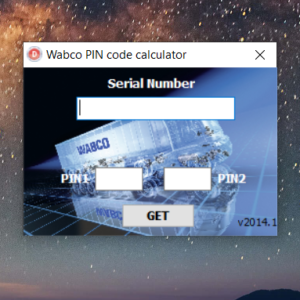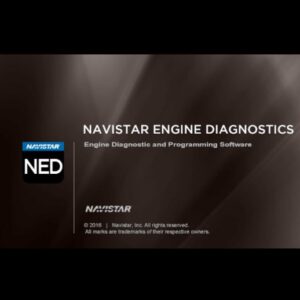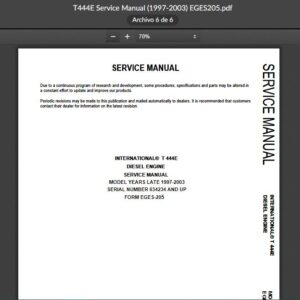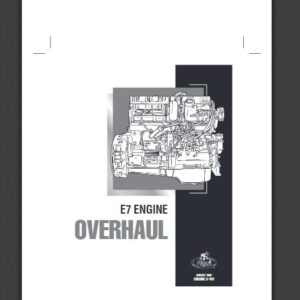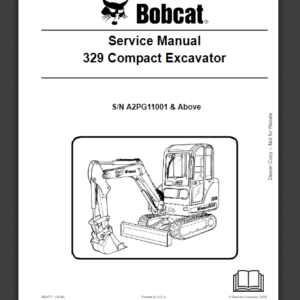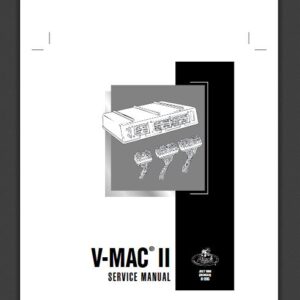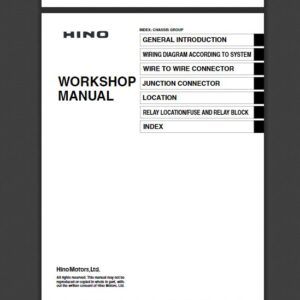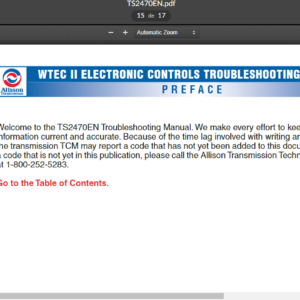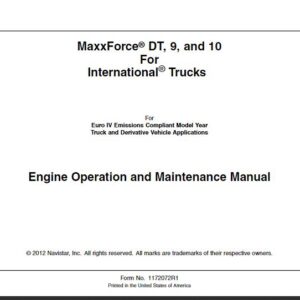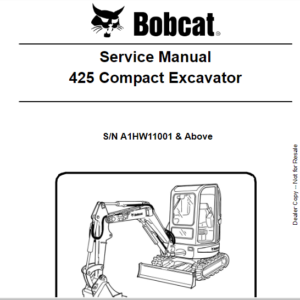Allison 1000 & 2000 Gen 4 Fault Codes: P0721 Output Speed Sensor Circuit Performance
Allison 1000 & 2000 Gen 4 Fault Codes: P0721 Output Speed Sensor Circuit Performance
CIRCUIT DESCRIPTION:
The speed sensors are variable reluctance devices which convert mechanical motion to an AC voltage. Each sensor consists of a wire coil wrapped around a pole piece that is adjacent to a permanent magnet. These elements are contained in a housing which is mounted adjacent to a rotating ferrous member. Two signal wires extend from one end of the housing and an exposed end of the pole piece is at the opposite end of the housing. The permanent magnet produces lines of flux around the pole piece. As a ferrous object (such as a gear tooth) approaches and passes through the gap at the end of the pole piece, an AC voltage pulse is induced in the wire coil. The Transmission Control Module (TCM) calculates the frequency of these AC pulses and converts it to a speed value. The AC voltage generated varies from 150mV at low speed to 1 SV at high speed. The signal wires from the sensor are formed as twisted pairs to cancel magnetically induced fields. The cable is also shielded to protect from voltage-related fields. Noise from other sources is eliminated by using two-wire differential inputs at the TCM.
CONDITIONS FOR RUNNING THE DTC:
1. The components are powered and ignition voltage is greater than 9V and less than 18V (12V TCM) or greater than 18V and less than 32V (24V TCM).
2. DTC P0716, P0717, or P0722 is not active.
3. Turbine speed is above 200 rpm.
4. Shift is complete and range attained is not neutral.
CONDITIONS FOR SETTING THE DTC:
DTC P0721 is set when one of the following conditions occur:
1. Unrealistic large change in output speed. A Failure pending is set if an unrealistic change in transmission output speed is detected at or above 500 rpm. The failure pending response is to lock in the current range.
2. Noisy output speed signal. Noise is determined with two counters. A low counter is incremented when output speed change is below 500 rpm for 2.5 seconds. A high counter is incremented when output speed change is above 500 rpm. When both counters accumulate 5 events, a failure is set.
ACTION TAKEN WHEN THE DTC SETS:
When DTC P0721 is active, the following conditions will occur:
1. If failure occurs while in a forward range and a shift has been completed, the transmission will remain in the current range.
2. If failure occurs while in a forward range and a shift is in progress, the transmission will return to the previous range, except in post-shift state; then the transmission will continue to the commanded range.
3. If failure occurs under other conditions, the transmission shifts to 1st, 3rd, or 5th.
4. If the shift selector is moved to N (Neutral), R (Reverse), or any other forward range, the transmission will lock in N (Neutral).
5. If a latched inhibit is present, the transmission locks to neutral.
DTC P0721 is stored in the TCM history.
The CHECK TRANS light illuminates.
The TCM freezes shift adapts (DNA).
The TCM inhibits TCC engagement.
CONDITIONS FOR CLEARING THE DTC/CHECK TRANS LIGHT:
A Scan Tool may be used to clear the code from the TCM history. The TCM automatically clears the DTC from the TCM history if the vehicle completes 40 warm-up cycles without the DTC recurring.
DIAGNOSTIC AIDS:
Inspect the wiring for poor electrical connections at the TCM. Look for the following conditions:
1. A bent terminal.
2. A backed-out terminal.
3. A damaged terminal.
4. Poor terminal tension.
5. A chafed wire.
6. A broken wire inside the insulation.
You may have to drive the vehicle in order to experience a fault.
If the condition is intermittent, connect the Scan Tool and select the speed sensor indicated by the code. If the signal is erratic, investigate and eliminate the following:
1. Intermittent wiring connection
2. Excessive vibration (driveline or engine torsionals)
3. Irregular sensor gap (loose sensor, loose tone wheel, or damaged tone wheel
Install a known good speed sensor and see if normal function is restored to rule out an internal short or open in the sensor removed.
Check that the speed sensor wiring consists of twisted pairs at the rate of 12 to 16 twists per 300 mm. These twists must extend the entire length of the wiring harness to within at least 50 mm of the speed sensor connector.
$50.00
-
Navistar international OnCommand service information 2018 software trucks
Navistar $50.00Rated 0 out of 5 -
ddct Detroit diesel calibration tool (DDCT) v4.5 English Include Calibrations & Metafiles
Detroit $30.00Rated 0 out of 5
-
CLAAS WebTIC Offline [11.2021] Service Information – ENGLISH Language
CLAAS $100.00Rated 0 out of 5 -
John Deere & Hitachi Parts ADVISOR 2020 [08.2020] Offline DVD Spare Parts Catalog
John Deere $120.00Rated 0 out of 5 -
download Hitachi Construction Machinery MPDr Ver 3.7.0.0 [10.2020] Diagnostic Software
Hitachi $76.00Rated 0 out of 5
Related products
-
Allison 1000 & 2000 Gen 4 Fault Codes: P0847 Transmission Pressure Switch Solenoid D Circuit Stuck Closed
1000 & 2000 Gen 4 $50.00Rated 0 out of 5 -
Allison 1000 & 2000 Gen 4 Fault Codes: U1000 Class 2 Loss of Serial Data Communication
1000 & 2000 Gen 4 $50.00Rated 0 out of 5 -
Allison 1000 & 2000 Gen 4 Fault Codes: P0875 Transmission Reverse Pressure Switch Circuit Malfunction
1000 & 2000 Gen 4 $50.00Rated 0 out of 5 -
Allison 1000 & 2000 Gen 4 Fault Codes: P0880 TCM Supply Voltage
1000 & 2000 Gen 4 $50.00Rated 0 out of 5 -
Allison 1000 & 2000 Gen 4 Fault Codes: U1096 J1850 (Class 2) IPC Controller State of Health Failure
1000 & 2000 Gen 4 $50.00Rated 0 out of 5 -
Allison 1000 & 2000 Gen 4 Fault Codes: P0848 Transmission Pressure Switch Solenoid D Circuit High
1000 & 2000 Gen 4 $50.00Rated 0 out of 5 -
Allison 1000 & 2000 Gen 4 Fault Codes: P0872 Transmission Pressure Switch Solenoid E Circuit Stuck Closed
1000 & 2000 Gen 4 $50.00Rated 0 out of 5 -
Allison 1000 & 2000 Gen 4 Fault Codes: P1688 Unmanaged Engine Torque Delivered To TCM Signal
1000 & 2000 Gen 4 $50.00Rated 0 out of 5 -
Allison 1000 & 2000 Gen 4 Fault Codes: P0218 Transmission Fluid Over Temperature Condition
1000 & 2000 Gen 4 $50.00Rated 0 out of 5 -
Allison 1000 & 2000 Gen 4 Fault Codes: U1064 J1850 (Class 2) TBC Controller State of Health Failure
1000 & 2000 Gen 4 $50.00Rated 0 out of 5 -
Allison 1000 & 2000 Gen 4 Fault Codes: P0876 Transmission Reverse Pressure Switch Circuit Stuck Open
1000 & 2000 Gen 4 $50.00Rated 0 out of 5 -
Allison 1000 & 2000 Gen 4 Fault Codes: U0031 J1850 (Class 2) Serial Data Communication Link Low
1000 & 2000 Gen 4 $50.00Rated 0 out of 5 -
Allison 1000 & 2000 Gen 4 Fault Codes: P2810 Solenoid G Electrical
1000 & 2000 Gen 4 $50.00Rated 0 out of 5 -
Allison 1000 & 2000 Gen 4 Fault Codes: P2771 Four-Wheel Drive Switch Circuit
1000 & 2000 Gen 4 $50.00Rated 0 out of 5
-
Allison Transmission – WTEC 2 MD/HD/B SERIES TRANSMISSIONS
Allison$20.00Original price was: $20.00.$16.00Current price is: $16.00.Rated 0 out of 5 -
SERVICE MANUAL International Engines MaxxForce DT 9 10 (2010-2013)
INTERNATIONAL ENGINES $20.00Rated 0 out of 5

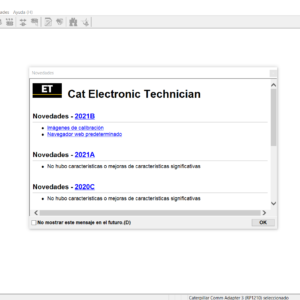


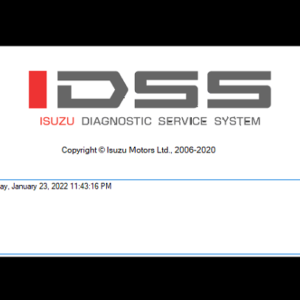
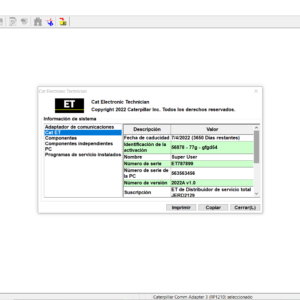

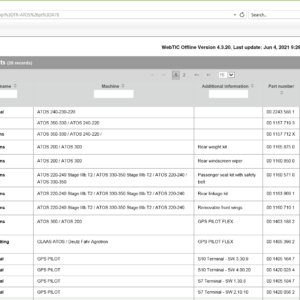
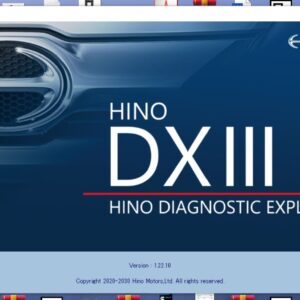

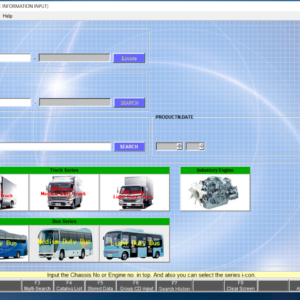
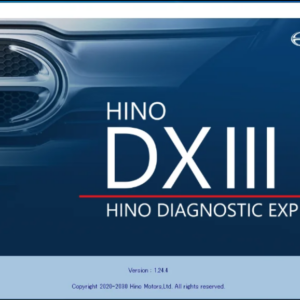

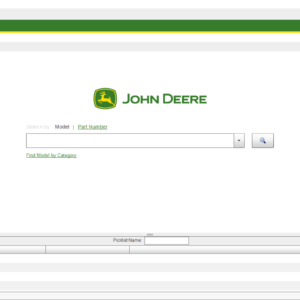
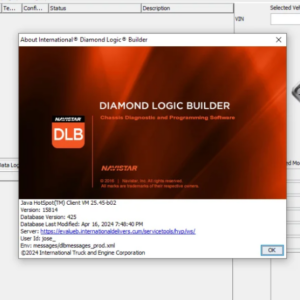
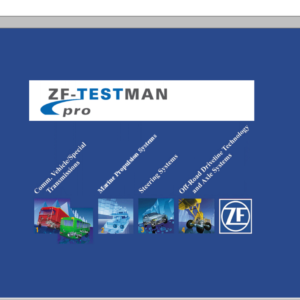
![download Hitachi Construction Machinery MPDr Ver 3.7.0.0 [10.2020] Diagnostic Software](https://www.ecuforcetruck.com/wp-content/uploads/2023/05/MPDR-3.7.00-300x300.png)

